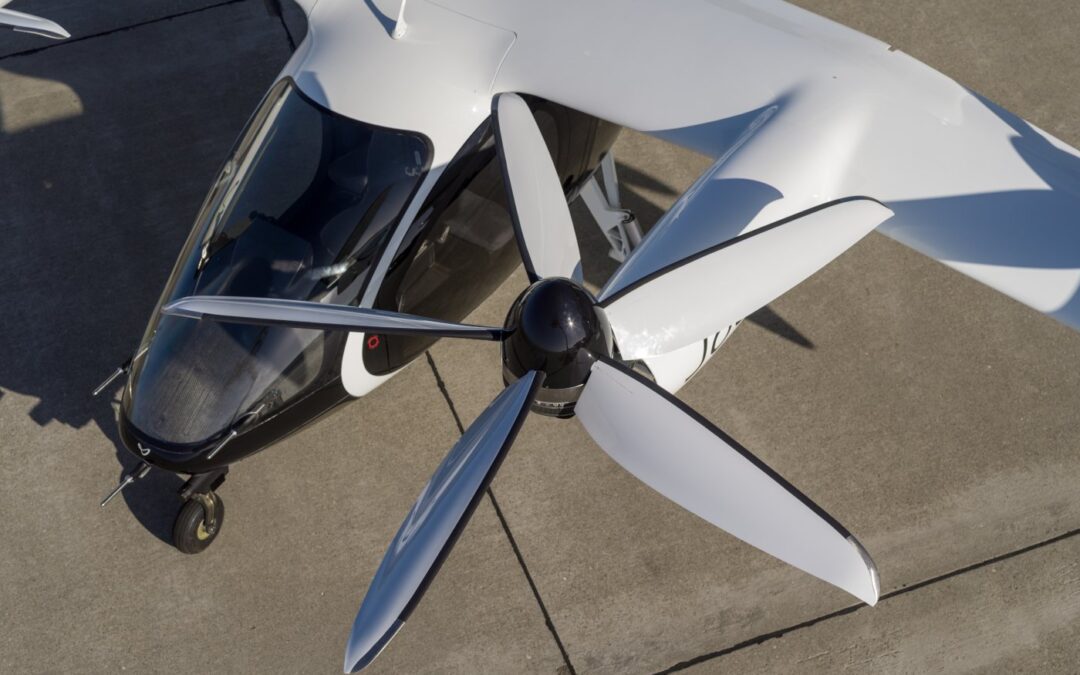“…During the European Union Aviation Safety Agency (EASA) Rotorcraft and VTOL Symposium last year, Richard Brown, founder and chief technology officer of Sophrodyne Aerospace, gave a captivating talk on the susceptibility of eVTOL aircraft to vortex ring state (VRS)…”
Alex Scerri: One of the purported advantages of urban air mobility (UAM) is that it should bring us the ability to operate in constrained urban areas. Could that be a potential issue vis-à-vis VRS?
Richard Brown: I certainly think so. We must be very careful to consider aerodynamic foibles like VRS when designing vertiports. If you are asking a rotorcraft to descend at a 45-degree angle for the last 30 meters [100 feet] of flight, you are potentially exposing it to VRS. I think the EASA implementation of the obstacle-free volume potentially constrains eVTOL aircraft to a very steep final approach.

Alex Scerri: Your website mentions you have a software tool to study this effect. How is it different from other similar software?
Richard Brown: It is specifically designed for rotorcraft and not an adaptation of any other fixed-wing or general-purpose aerodynamics analysis tool.
One of the problems I see in the industry is that some manufacturers are using these general-purpose tools without proper cognizance of their limitations. Resolving the inherent instability of the wakes of rotors is a specialist problem. So, running your eVTOL model through one of these generic tools could mislead you to expect much more benign behavior than what happens in reality.
Our approach helps to retain the structure of the wake and to properly represent its physical character much further back into the flow behind the rotor than these general-purpose methodologies. The end result is that our approach gives designers a pretty realistic idea of what to expect when the real aircraft is flown.
Alex Scerri: Do you know of any eVTOL aircraft that has shown susceptibility to VRS?
Richard Brown: I have come across some manufacturers that have been dismissive of the issue, saying they did not encounter VRS either in simulation or in test flying. I think that’s a logically flawed approach, like saying, ‘I’ve never seen a tiger, so tigers don’t exist.’
